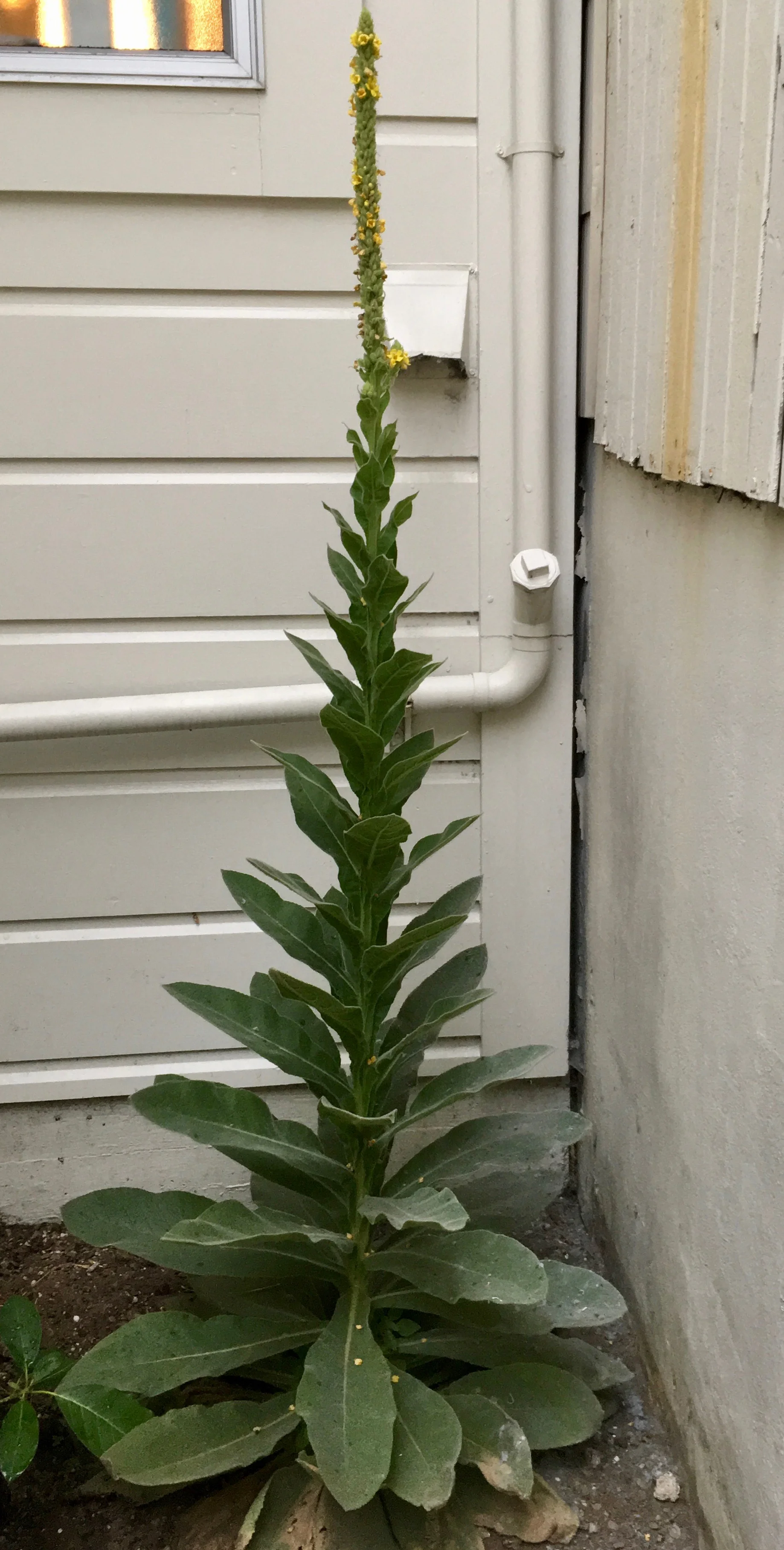My plant at a time series is back! I hope to post regularly from now on.
Nettle (Urtica dioica)
Blood cleanser. Antihistamine. Reliever of arthritis. Food source. Witching plant. Associated with graveyards and magic. Raw material for cloth, candles, nets, and more. Sharp sting. Grows wild everywhere.
Nettle (Urtica dioica) is all of these things.
Medicinal and edible
In herbal medicine, nettles are the base for all herbal allergy formulas, having a strong antihistamine effect. Highly nutritive, they can be taken as an herbal vitamin and mineral supplement tonic. Nettles combine well with other herbs to make pesto or herbal stew. They have a long history of being eaten as food, especially in the early spring. Young nettles have no sting. Neither do nettles of any age that have been thoroughly dried or boiled.
Nettles clear the blood and support the liver and kidneys. They ease all hormonal disorders, helping to bring the hormones back in balance. Because of their clearing effect, they’re also a base in formulas for cancer, both to treat the cancer and to counteract the side effects of radiation and chemotherapy.
The sting of nettles (urtification) relieves arthritis and joint pain.
Nettle tea has, for ages, been recommended by midwives for all women of childbearing age, including during pregnancy, to help build the blood. Being so nutritive, it would restore iron and mineral depletion from menstruation, pregnancy, childbirth, and lactation.
Folk use
Various species of nettle, all with the same, or nearly the same, nutritional and medicinal properties, grow throughout the world. They’re native to multiple continents--Europe, Asia, Africa, and North America--and have been introduced everywhere else except Antarctica. They therefore have a long history of use and folklore in multiple cultures.
Nettles have a long history of being used as food everywhere they’re found, particularly as spring greens, and of being included in nourishing soups and teas. They also have a long history of being used for practical objects. One version of the etymology of their name derives “nettle” from “net” (or vice versa) due to nets having been made from nettle fibers. The fibers can also be made into cloth. Nettle oil was used to make candles before the invention of paraffin, nettle juice to curdle milk as part of the cheese or yogurt making process.
In the Grimm’s fairy tale “The Six Swans” (Hans Christian Andersen wrote a variation, “Wild Swans,” in which the number of swans/brothers is increased to eleven), a young woman, the only daughter in her family, rescues her brothers, who have been turned into swans, by making them shirts out of nettles. She must gather the nettles in a graveyard at midnight with no protection for her hands, card them and weave them, enduring their stings, and sew the shirts for her brothers without speaking a word through the entire process. In the end, all the brothers are restored, except that she has not had time to finish the sleeve on the last shirt, so the youngest brother, who receives the shirt with the missing sleeve, always has one swan’s wing in place of his arm.
In Celtic tradition, a healthy stand of nettles is a sign that there is a fairy dwelling nearby. Nettles themselves are considered protection against mischievous fairy magic and evil sorcery. Similarly, Anglo-Saxons used nettles to protect against “elf shot” (mysterious pains) and “flying venom” (what was considered in Anglo-Saxon medicine to be one of the four primary causes of illness). In Norse mythology, nettles belong to Thor, the god of thunder, who had a magic fishing net made of them.
Spirit use
Astrologically, nettles are associated with Mars. One would think its essence is very much about standing up for yourself, declaring your boundaries letting out aggression or agitation, and holding your ground. While it may provide this, it’s also regarded by many as an essence for grounding, mending relationships, and making relationships more positive. One online vendor recommends it for people who tend to push away those they would be close to.
Out of all this, my takeaway is that nettle essence provides enough support for being yourself and holding your own that there’s no need to take out internal conflicts as interpersonal conflicts, no need to push people away, and difficult relationships can become less difficult as a result. Nettles are also spirit medicine for cleansing the bloodline, healing ancestral trauma.
Info on growing the herb
Naturally grows near streams, lakes, and underground water sources. Prefers moist, rich soil and partial to full shade. In the garden, needs a nitrogen rich fertilizer at least once a year. To start it from seed, cold stratify and sow on the surface, or plant it in the fall--it needs cold to germinate. Also will grow from root cuttings. Once nettle is flourishing, it will spread itself by sending out runners.
Contraindications
The main caution is to ensure that its sting is fully gone before using it. Drying the nettles thoroughly removes the sting, and so does boiling them. Wear gloves and long, protective sleeves to harvest it, unless you want to get stung. Some people have strong allergic reactions to the sting. If the nettles are completely sting free, they’re safe across the board.




